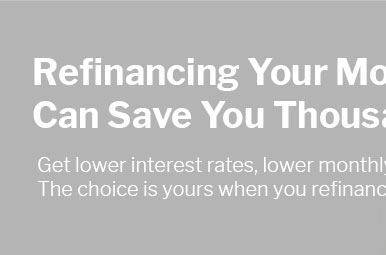2nd home mortgage rates explained for smart buyers
How they differ from primary home loans
Lenders often price second homes a bit higher because they see more risk if budgets tighten. That can mean a larger down payment, extra cash reserves, and tighter underwriting. Still, well-qualified borrowers can secure competitive offers by comparing quotes on the same day, timing locks, and weighing discount points versus lender credits. A clear plan helps you set a realistic budget and avoid last‑minute surprises near closing.
What influences your rate
- Credit score and history: higher scores unlock better pricing tiers.
- Down payment and equity: 15–25% is common; more equity reduces add‑ons.
- Debt‑to‑income and reserves: stable income and months of cash bolster approval.
- Loan type and term: fixed vs. ARM, 15‑year vs. 30‑year changes the rate.
- Occupancy and rental intent: true second home vs. investment classification matters.
Compare APRs, not just rates, and calculate a points breakeven before paying upfront fees. Ask about condo or short‑term rental limits, seasonal pricing swings, and portfolio lenders if your property is unique. Consider a float‑down option or a defined rate lock window to manage volatility.
Next steps: get preapproved, tidy credit, document income and assets, and price scenarios with and without points. A thoughtful approach can make your second home dream both enjoyable and financially sound.
















